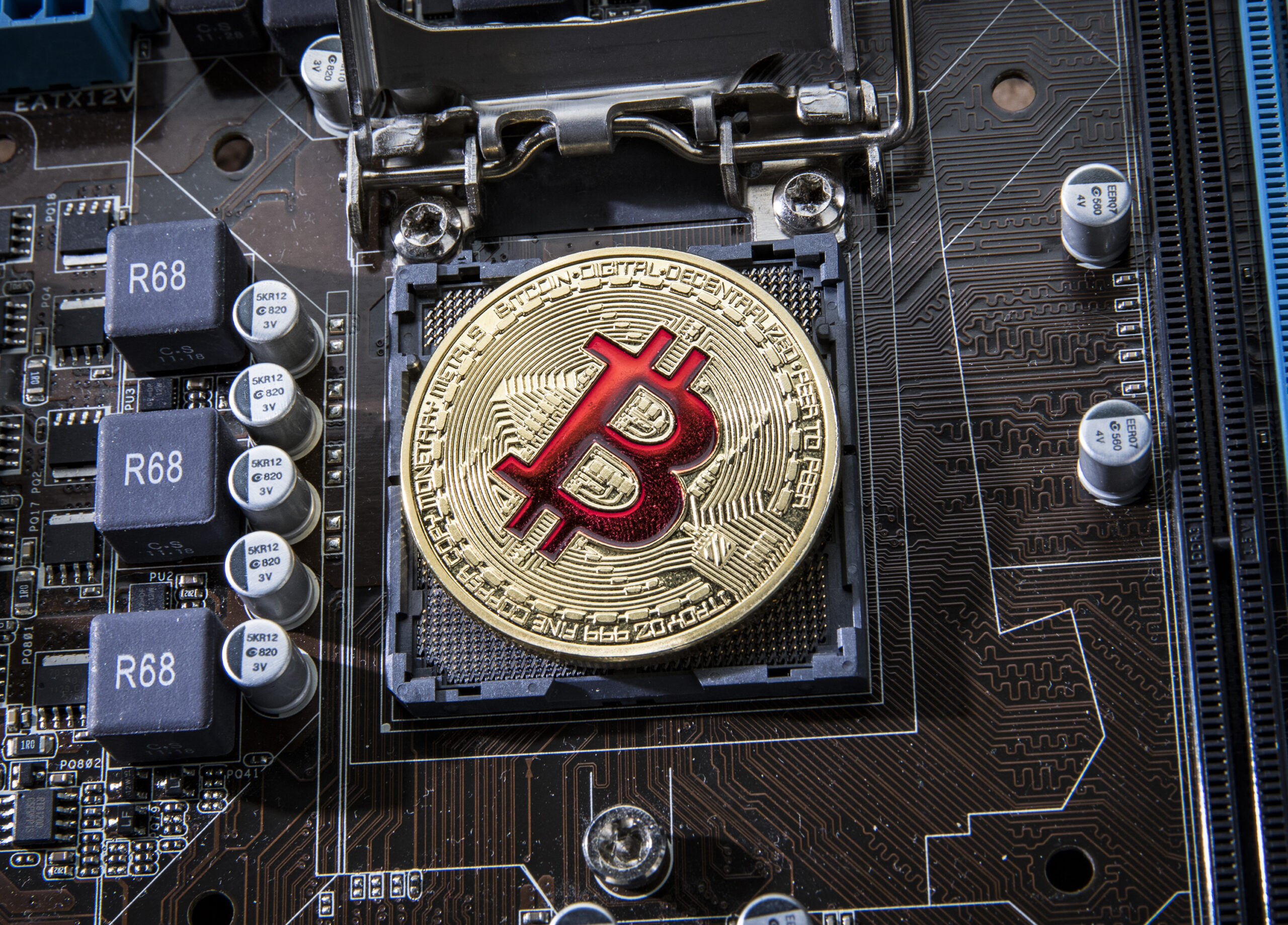The Dollar Milkshake Theory, introduced by Brent Johnson of Santiago Capital, explains why the U.S. dollar might stay strong even during global chaos. He compares the world economy to a big milkshake, filled with different currencies and financial assets. The U.S., with its strong financial system and Federal Reserve policies, uses a giant straw to suck up global money and liquidity.When the Fed raises interest rates, the U.S. dollar becomes more attractive. Investors all over the world move their money into dollars. This makes other currencies weaker, especially for countries that owe money in dollars.

Why the U.S. Holds the Financial Straw
Here are the main reasons why the U.S. dollar is so powerful:
- Global Reserve Currency: The U.S. dollar makes up over 58% of global foreign exchange reserves. Most trade, including oil and metals, is done in dollars.
- Strong Capital Markets: U.S. bond markets are deep and liquid. During crises, investors prefer safe U.S. assets like Treasuries.
- Higher Interest Rates: The Fed raised interest rates in 2022–2023 to fight inflation, making dollar investments more rewarding.
- Dollar-Denominated Debt: Many countries and companies borrowed in U.S. dollars. When the dollar goes up, their repayments become more expensive, forcing them to buy more dollars.
This cycle creates even more demand for the dollar, which is what the Dollar Milkshake Theory is all about.
Is the Dollar Milkshake Theory Working in 2025?
In 2025, the global economy is under stress. Are we seeing Brent Johnson’s theory play out?
The Case for a Strong Dollar
- Dollar Index Still High: The U.S. Dollar Index (DXY) rose 7% in 2024. Even after dropping 8% recently, it’s still near historic highs.
- Safe Haven During Crises: In past events like COVID-19 (2020) and the Ukraine war (2022), the dollar surged. It shows people turn to the dollar in uncertain times.
- Global Liquidity Stress: Countries like Japan and Italy have huge debts. If their economies slow, investors may again move money to the U.S.
Warning Signs for the Dollar
- DXY Decline: From mid-February to April 2025, the DXY dropped by 8%. Some expect it could fall further if support levels break.
- Fed Cuts Rates: In late 2024, the Fed started cutting interest rates. Lower rates make the dollar less attractive.
- BRICS Dedollarization: Countries like China and India are reducing their use of the dollar. They’re boosting reserves in other currencies and gold.
- U.S. Debt and Inflation: With U.S. debt above 120% of GDP and inflation above the 2% target, investors may lose faith in the dollar’s strength.
What If the Dollar Milkshake Theory Comes True?
If the Dollar Milkshake Theory plays out fully, here’s what could happen:
- Emerging Markets Struggle: Countries that owe money in dollars may face big repayment problems. Their currencies could crash.
- Commodity Prices Drop: A strong dollar usually pushes down prices of oil, gold, and copper. That hurts countries that export these.
- U.S. Exporters Suffer: A strong dollar makes American products more expensive overseas, which could slow U.S. growth.
- Safe-Haven Surge: People may invest in gold or Bitcoin to protect against currency drops. Gold has already reached $3,400 in early 2025.
- Geopolitical Tensions Rise: Some countries might peg their currencies to the U.S. dollar for safety, while others push harder to escape dollar dependence.
Critics of the Dollar Milkshake Theory
Not everyone agrees with Johnson’s idea. Some say:
- It’s Too Simple: The global economy is complex. The theory mainly focuses on the Fed and ignores other important forces.
- No Clear Timeline: It’s hard to measure success without a time limit. Being early in finance often feels the same as being wrong.
- Other Theories Compete: Some economists believe we’re heading for a new system—like Zoltan Pozsar’s “Bretton Woods III”—based on commodities, not dollars.
- U.S. Weaknesses: The U.S. faces its own issues like trade deficits, inflation, and high production costs from tariffs and reshoring.
What’s Next for the Dollar and the Milkshake?
As of April 2025, the drop in the DXY may be temporary. Some experts predict the index could climb to 120–130 by the end of the decade. Still, there are many uncertainties.
- Watch Fed Policy: More rate cuts could slow dollar gains. If inflation returns, the Fed may tighten again, boosting the dollar.
- Global Conflicts: War or trade tensions may cause investors to seek safety in the dollar, just as they have before.
- Alternative Currencies: If the BRICS alliance succeeds, the dollar may lose some of its dominance.
Should You Believe in the Dollar Milkshake Theory?
The Dollar Milkshake Theory offers a strong explanation for the dollar’s unique role in the world. It helps us understand why the dollar may rise during global downturns. Still, nothing is guaranteed. Economic and political risks can change the picture quickly.
For investors, staying flexible is key. Watch Fed actions, debt levels, and currency moves. Whether the dollar keeps sipping or the milkshake spills, this theory gives us one lens to view the shifting global economy.
Get stirred, not shaken—join our Discord for deeper dives into the Dollar Milkshake Theory!
Click here to read our latest article- USD in April 2025: Why it’s falling?



